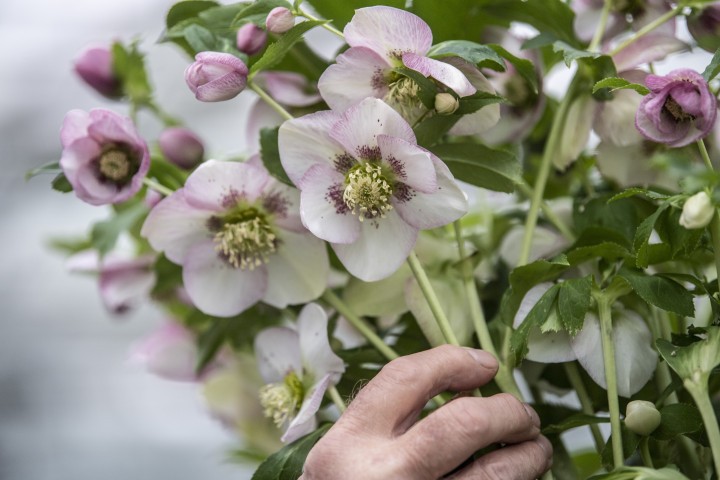
Belgium’s Boerenbond has estimated the turnover of Flemish agriculture and horticulture in 2023 at 7.7 billion euros. This is 24.7% more than the average of the past five years (2018-2022) and 5% more than in 2022. The overall turnover of Flemish agriculture and horticulture is subject to considerable underlying variations, depending on the sector. The differences between individual companies are also noteworthy.
With 572 million euros, ornamental plant cultivation accounts for 7.4% of the total turnover of Flemish agriculture. Turnover is expected to increase by 3.6% over 2023 compared to last year, mainly due to an increase in the turnover from tree cultivation.
For cut flowers, 2023 was an exciting season. Due to the energy crisis, many growers with heated crops had to think carefully when planning the growing season. The greenhouses devoted to roses and other crops were set to cold or colder temperatures during the winter, resulting in a complete halt in production during the winter months. The concern then was how it would go with the production in the spring. Eventually, the weather remained mild in the spring, so the production then got off to a reasonable start. During the summer, the production was high, but sales fell below par, which also resulted in disappointing prices.
For green plants, both production and prices remained fairly stable. The production of smaller plants had already declined somewhat in 2022. Due to that decline, the supply and the demand are now in a reasonably good balance. A number of smaller plants stopped producing, while larger plants have grown. There are very few new players in the sector, given the high investment costs and high energy requirements.
As for floral products (bedding plants and flowering plants), the season started with much caution. The energy crisis made it very difficult for many companies to decide how best to start the season. Buyers for retail and garden centers were also cautious. All this resulted in rather small orders, but sales continued quietly.
Interestingly, there was a lower production than in 2022. As a result, the spring season was average to good. Prices remained at reasonable levels as the supply and demand were in balance.
For azaleas, sales were volatile due to poorer weather in Belgium and Italy. Sales to France were also moderate to weak.
The production of bulbs and tuberous flowers is expected to be 5-6% lower compared to 2022. This is the consequence of a too-long period of rain and a too-long period of drought. The acreage devoted to tuberous begonia fell again from 34 ha (2022) to 32 ha (2023).
The tree nursery sector, in general (including garden plants), experienced further growth in 2023. There is growing awareness of the importance of greenery in urban environments. The market has cooled down somewhat after the high demand sparked by the coronavirus crisis. Nowadays, sales can be said to be normal. However, higher labor costs are weighing heavily on the sector.
In the global ornamental plant sector, 60% of sales are carried out by the tree nursery sector, and the other 40% by the ornamental plant sector.
The Boerenbond expects sales in the ornamental plant sector to increase by 3.6% in 2023 compared to 2022.
Figures and findings for other sectors can be consulted here (in Dutch).